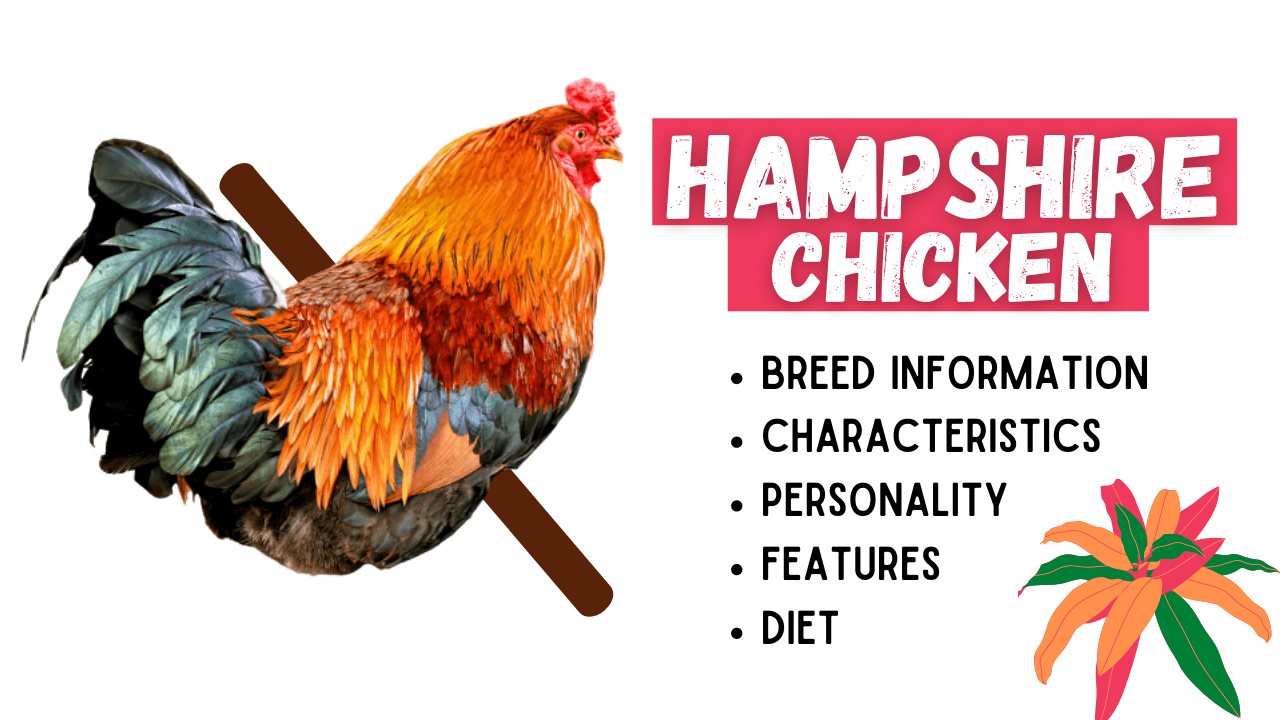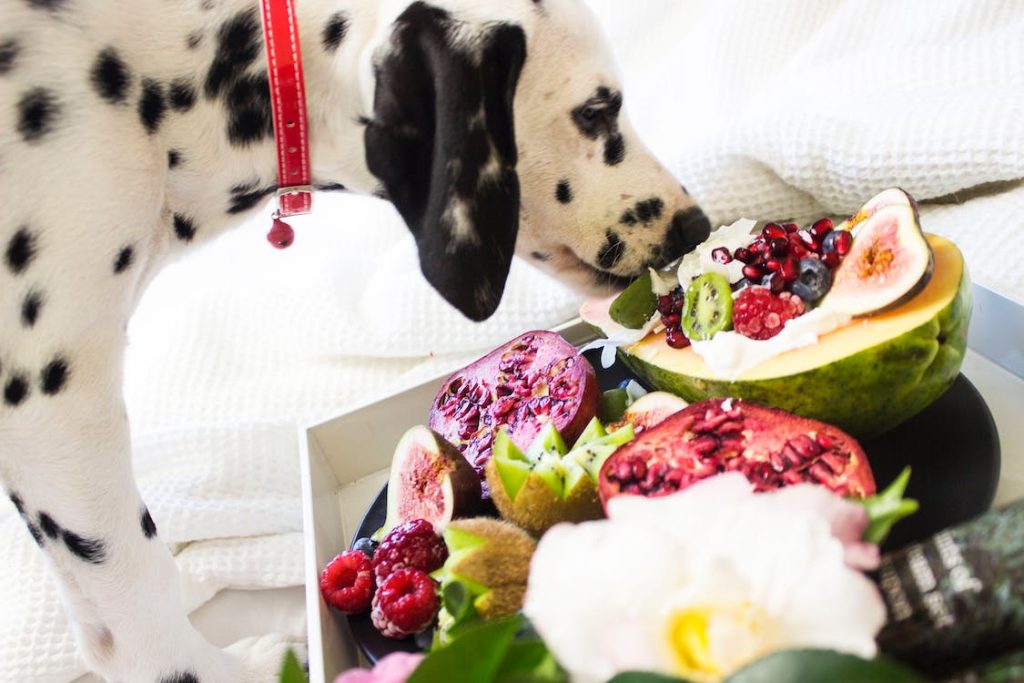 About the New Hampshire Chicken
About the New Hampshire Chicken
The New Hampshire is a chicken breed many people often mistake for a Rhode Island Red. The two appear very similar to each other and they were developed only several years apart. The New Hampshire is a dual-purpose chicken which means that it excels in both egg laying and chicken meat production. Unfortunately, it did not become as popular as the Rhode Island Red. It was overshadowed by the latter breed. Many people fail to recognize and realize the usefulness of the New Hampshire.
In this article, we will discuss all the important things that you need to know about the New Hampshire including their history and origin, egg laying capabilities, appearance, size and color, temperament, and how you could properly take care of them.
History and Origin
The New Hampshire Breed is quite new breed compared to others. It was developed less than a hundred years ago in New Hampshire (hence its name) and Massachusetts. They were derived from the Rhode Island Chickens. In the year 1910, breeders of New Hampshire selected these hens which grow faster than other breeds. The person responsible for creating this breed is Professor Red Richardson who worked in an Agricultural Experimentation Station. They were keen and focused on making a breed that is good in both egg laying and meat production. The New Hampshire breed was initially promoted as the Chicken of Tomorrow in contests during the late 1940s.
There is even a documentary entitled The Chicken of Tomorrow made in 1948. The film aimed to educate the people about the advancements in the poultry industry.
The New Hampshire eventually became one of the first chicken breeds to found the broiler industry. They were also used to make another derivative breed – the Delaware chicken breed, which skyrocketed in terms of popularity but eventually died down.
One interesting fact is that in 2018, the Governor of New Hampshire officially declared the New Hampshire as the official bird of the state after a petition made by the Canaan Elementary School.
Appearance
The New Hampshire is about the same size as the Rhode Island Red. However, its body is more triangular in shape. Its body is deep and broad.
One difference it has from the Rhode Island Red is that it has a different feather coloration. Its feathers are lighter in the shade of red. It is somehow near to the chestnut share with pale yellow highlights in some parts. Under the sunlight, the feathers appear in a lighter shade of red.
The chicken’s neck feathers and tail feathers have black tips. The color under these feathers is light salmon. The breed also has a single red comb that can be somehow floppy. Its wattles and ear lobes are also colored red. It also has orange eyes and a beak that is horn or reddish in color.
The New Hampshire has clean shanks with a reddish line that runs down to its toes. Each foot has four toes. Its skin, toes, and shanks are colored yellow.
Size and Color
The standard size of the New Hampshire is around eight pounds for males and six and a half pounds for females. There is also a bantam variety. For that, the males weigh around 34 oz while the females weigh around 30 oz.
The New Hampshire has only two variations: the standard one described above as well as the rare blue-tailed one created in Holland.
Unfortunately, these days, it is rare and difficult to find New Hampshire. It would take a lot of effort to find a dedicated chicken breeder that breeds and sells this one.
Egg Laying
The New Hampshire, being a good dual-purpose hen, can lay around 200 light brown eggs of large size every year. This equates to about three eggs per week. This number is already quite impressive back in the days, not to mention that the eggs are large in size. The New Hampshire is also broody. If you don’t collect their eggs, they will become good mothers to their hatched chicks. Egg production in the New Hampshire Chicken can be fostered by investing in a good chicken coop bedding.
Temperament
The New Hampshire is known for its good behavior. It is indeed a friendly bird which is also very easy to tame and handle. However, in terms of relationship with other chickens, New Hampshires can become aggressive with food. When you throw feeds to your flock, they can push and shove other chicken aside. But there is an easy way around this. You can set different feeding stations to separate the New Hampshire with the other gentle and non-aggressive breeds.
The overall personality of the New Hampshire can vary greatly. Some can be lovable and docile while others can be aggressive and unfriendly.
Should I Get a New Hampshire?
If you want yet another dual-purpose hen, the New Hampshire is a go to breed. It would be a delight to get about 3 large eggs in a week from this bird. It can also tolerate confinement very well. However, New Hampshire is also a good forager so it would be nice to have it free range. That could save you some feeds as well.
The New Hampshire is also friendly with people, it is smarty, robust, and cold hardy. It can also tolerate hot weather very well. However, don’t forget to give it some shelter to shade itself from the hot sun.
They are said to be a people friendly, intelligent bird that is reliable, cold hardy and robust.
Conclusion
Overall, the New Hampshire is an outstanding chicken breed, which is why it is considered to be one of the top 20 chicken breeds. You have been given the most important things that you need to know about the New Hampshire – including how the breed originated, its appearance, temperament, size and color, and egg laying capabilities. The choice is up to you now to decide whether to get one for you coop or backyard. Whatever your decision may be, we wish you good luck in your chicken breeding journey!







